At the core, we've to be locally focused in India: Alastair Aird, Wavemaker
GroupM has commenced the global rollout of Wavemaker, its new billion-dollar revenue, media, content and technology agency created from the merger of MEC and Maxus. Last week, Wavemaker opened for business in India. Kartik Sharma has been appointed Managing Director of Wavemaker.
Wavemaker India opens with a team of 700+ professionals and will service a portfolio of clients, including FMCG giant ITC and L’Oréal. The agency will be headquartered in Mumbai with offices in Delhi, Bengaluru, Kolkata, Chennai, Thrissur and Cochin.
Globally, Wavemaker will have offices in 90 countries with over 8,500 employees. The customer’s purchase journey forms the core of its operations and is what connects the agency’s mission directly to its client’s business challenges.
Present in India last week to announce the launch of Wavemaker in the country, Alastair Aird, Global Chairman and Managing Director, Wavemaker, told Adgully, “We come from an offline world and had to learn about the digital space. To get deep into digital, we have to understand how people used to involve in the traditional ways of advertising. People are aging globally and so we have to associate with people who understand this space and can respond to the way consumers want it. Diversity is, therefore, a very important element in the process.”
In conversation with Adgully, Alastair Aird sheds further light on Wavemaker’s key focus areas in India, the importance of content, focus on local, obsession with the Purchase Journey, key trends in 2018 and much more. Excerpts:
You talked about ‘Smart Decisions’ to perpetuate the growth. What are the smart decisions that you are looking at in the customer purchase journey?
Our obsession at Wavemaker is to understand purchase journey better than anyone else. For example, if we talk about our customer’s phone and telecom provider – at any point of time, when a customer feels comfortable with the services and don’t feel the need to renew their subscription, it is the Priming Stage, almost like a passive stage. The customer may not be looking to buy a new subscription, but we need to ensure that the messages that they get, reinforce their belief that their current provider is the best suited. This is also important when they move onto the next stage, called the Active Stage’, where they must be looking for a new provider. Our work then is to ensure that the content that you are receiving directs you to why the agency is right for you from all perspectives. This is what mPlatform is dedicated to. Ensuring that the content that each of us receives is incredibly personalised and that is where we need to go in future as an agency.
Local players are now beyond harping on providing content in India. What would be Wavemaker’s strategy to deal with that?
From where we have come from and where we are going to, this used to be MEC’s area, but will be Wavemaker’s perspective, too, from now on. It was always our attempt to have content to lead the future of MEC and use this as an opportunity. We first look at what the business challenges are and get to the heart of it. We look for the resolve. If it’s about not having the right brand awareness, we move the metrics from here to there according to the audience and then we select a platform for the content as a resolve.We help work towards creating customised content for a particular platform to cater to a particular business need. As an organisation, I think the huge advantage that we have is the implementation level of the process. If we are hearing how content is working for brand awareness, we can work in real time at Wavemaker from people’s desktops to get the work done in just hours and not weeks.
So, is the purchase cycle more inclined towards content, technology and data? Or is it more ROI driven?
It is at the intersection of media, technology and content. That is the point within which we are going to operate. Yes, our search for understanding purchase journey is more ROI driven. We have a database of 375,000 consumers and we have a clear pattern of these consumers’ purchase patterns and the journey that they go through before they buy a product or service, and what triggers them. The content that is created is more relevant to their requirement for every kind of product – from FMCG to products like cars that you don’t purchase very frequently.
Which of the markets are your priority markets globally?
We have moved from a global structure to a local structure, so our eight biggest markets are the US, the UK, Canada, Germany, Italy, India, China and Australia. Every market needs equal focus. Maxus has been a strong brand in India and that is why it is the perfect time to adapt and change. We had to ensure before launching that our stakeholders understand and back the idea of what we are aiming to do – being future proof and ready in India. We have a very strong business in European markets. China is also doing incredible. However, the US as a market needs more focus right now. I see opportunity everywhere in the world, but right now I see a lot of potential and opportunities in the US.
In terms of putting teams in place in India, is the plan same for each of your markets globally? Is each team a self-sustained unit currently?
Yes, that is the focus everywhere around the world. However, each team is not a self-sustained unit right now. We will be one Wavemaker. We will be at the core of the intersection of media, technology and content. Clients are screaming for integrated solutions across agencies and they absolutely expect it. If you go to a client and have a siloed organisation, it is a recipe for disaster. So, we have technology and media joined together. We, therefore, do not run them individually, but keep them integrated and not siloed entities.
Why this obsession with Purchase Journey?
The work that we have done with our clients and the success that came with it in MEC, the resonance and change of approach from media planning and buying to understand the media planning and buying around the framework of the purchase journey. Each of the journeys is different, and yet similar on various levels. So, the idea is that every piece of media that the consumers buy or earn should increase the business of our clients and changes your pivot points.
Don’t you think that the entire theme is pivoted towards ROI?
The direction that the world is moving is very outcome based. Clients expect their business model to be the same. It’s not going to happen so soon. But in the future, outcome-based business models will be more in demand, made and accepted. If we think like clients and understand their aspirations, we will mutually benefit. As our clients grow, we grow. This will also lead to a new remuneration model.
What are your key observations about Indian marketers?
To understand the Indian market, you need to first understand the thousand little diverse and ethnic markets. At the core of both MEC and Maxus, the focus was at the local levels. In the world of globalisation why go local? It is because large consumers are present locally. Digital, press, media, radio, for instance, are all present at the local core. Thus, at the core we have to be locally focused. The way we tailor products need to be locally focused, otherwise that is not going to breed success.
What trends do your foresee in 2018?
The underlining trend we have seen over the years is growth in digital. The relentless growth of digital is anticipated in India at a likely rate of 13-15 per cent. The other trend that we have observed this year is that big advertisers are quite rightfully expecting the digital publishers to operate in the same way that traditional media has been expected to operate. We ensure brand safety, and adverts appearing next to the content are not unacceptable. Every digital publisher says that their media is measureable in a different way. This will not be acceptable in the future. We need to move forward in a consistent form of measurement. We shall see the digitisation of all media and co-existence of both traditional and digital media.
On the content front, what are the diverse content frontiers that you see in India and globally? Is there is a roadmap that you can share?
The range that we always see in the content front, includes SEO, catch up content, real time content and much more. It’s the golden age of content. TV has also come of age with great content. The same can be seen on your digital format like watching it on a tablet. But we will be going one step further that makes the content available only digitally. So, this will include a higher level of engagement with digital content of longer forms built around the platforms for our clients. In other ways, more tactical and rapid turnaround content. This is where the market is going and so will we.





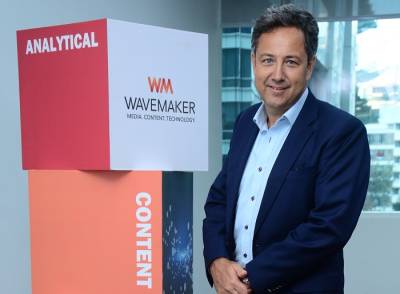
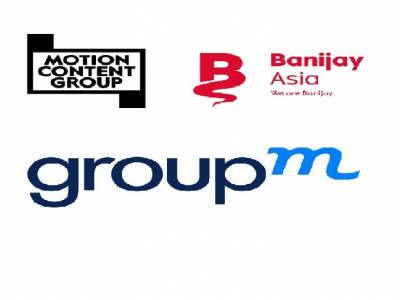
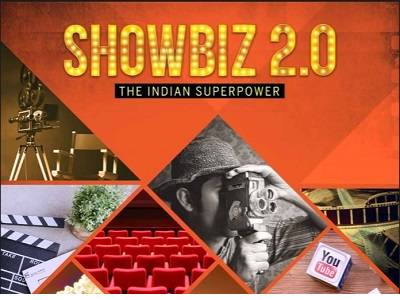
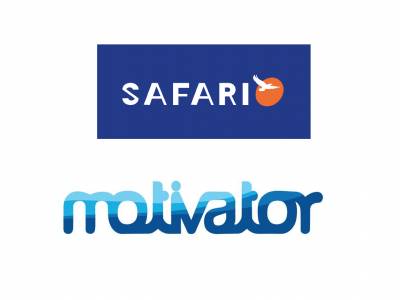
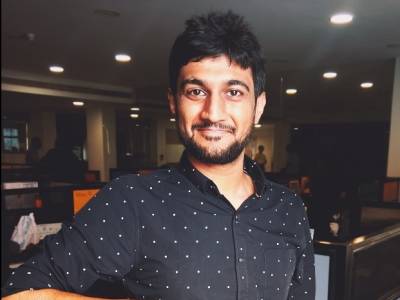
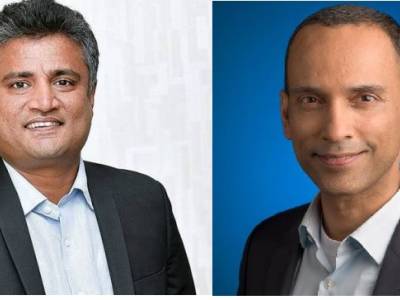
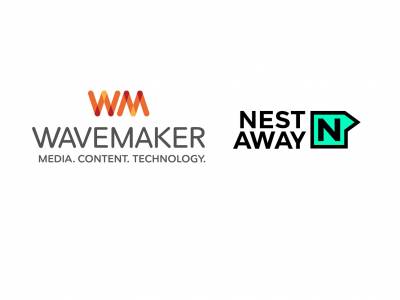
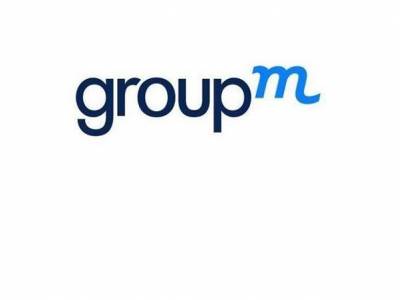
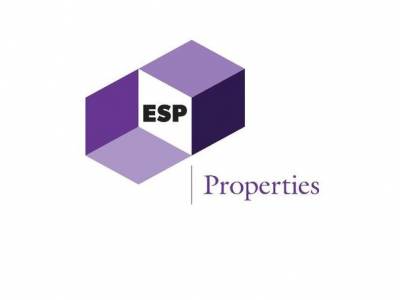
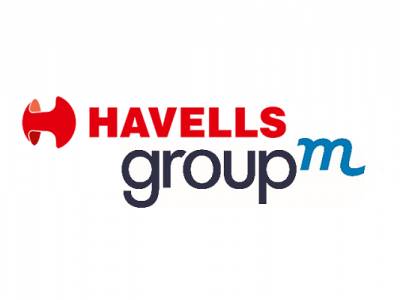
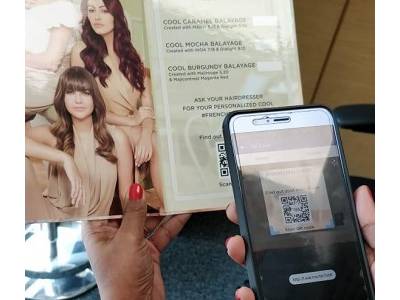
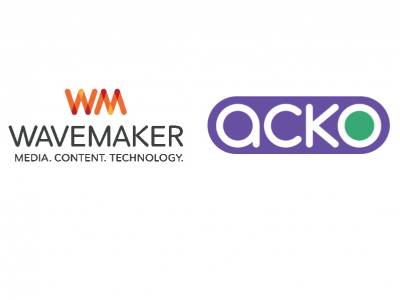




Share
Facebook
YouTube
Tweet
Twitter
LinkedIn